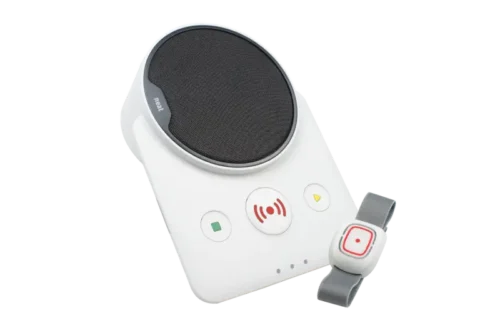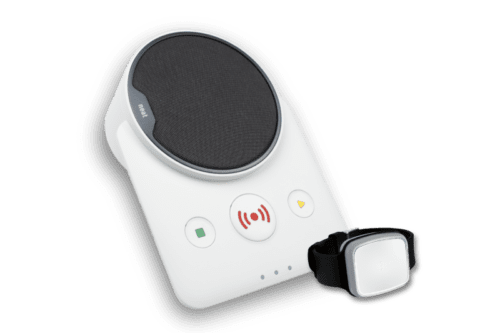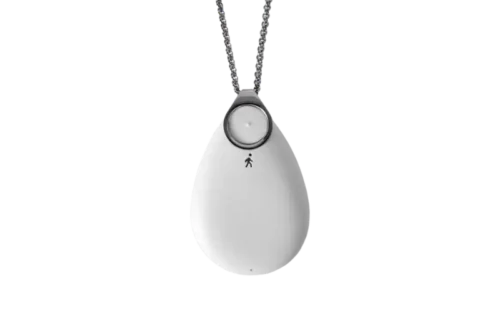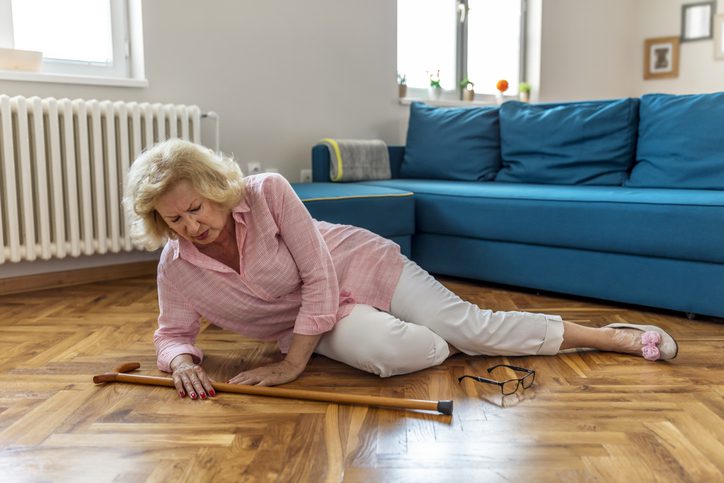Even on occasion, slipping, tripping, and falling are never fun experiences. Some time ago, when I first published this article, I had fallen a few days before. At that time I said this: “It’s school holidays, and the other day I was running around after my children and suffered the indignity of falling down the stairs. I was OK, other than my hurt pride. My kids thought it was quite hilarious.”
No doubt if it’s that easy sliding down the stairs when we are physically fit—how easy it must be for someone who is older and less mobile.
The Statistics
Well, the statistics don’t lie:
- 1 in 3 over 65’s and 50% over 80 fall each year
- Falling costs the NHS £2 billion every year taking up 4 million bed days.
- Coincidently me tumbling down the stairs happened at around the same time The Kings Fund published an interesting report. They have dissected the figures from the Torbay area and worked out the true cost of it.
Whilst the personal cost of falling is difficult to calculate and is not to be diminished, Torbay’s data helps us see the cost every time someone falls over.
The hospital, community, and social care costs were four times that of the cost of hospital admission in the 12 months after falling. Compared to the 12 months prior to the fall, community care costs rose by 160%. The social care and hospital care costs rose by 37% and 35%, respectively.
Reducing The Chances
We discussed the aspect of prevention in an earlier blog during fall awareness week. The article highlighted some great tips to help prevent older people from falling over. They may seem like small things, but they have been proven to work. So it’s well worth reviewing if you have an elderly relative.
While it will always be a real danger for older people, following some simple steps can really help reduce the chances of falling over:
- Make sure they drink plenty of water
- Make sure they never forget their medication
- Wash and keep their feet dry regularly
- Cut their toenails
- Make sure they wear shoes with a hard slip-resistant sole while going outside
The Fall Sensor
It’s also worth noting that the longer a person remains on the floor after a fall, the higher the aftercare costs. So, we believe that if older people have a personal alarm and are showing signs of being susceptible to falling, replacing their pendant alarm with a fall sensor may be a really good investment.
A fall sensor works in exactly the same way as a pendant with a red button to press if the user feels they need some help. If they fall over, the sensor immediately detects this and calls our 24/7 operators without any intervention from the user. The great thing about this is that the operator will know it’s a fall sensor that’s triggered the call and can summon help immediately.
Whilst not preventing a fall, a fall alarm can ultimately help in getting assistance faster, reduce the time the user is left on the floor. This will hopefully reduce the costs involved in aftercare.
Fortunately, I didn’t need any help when I fell down the stairs; my children were on hand to poke fun and generally make me feel like a bit of an idiot!
If you found this information helpful feel free to check out our blog for more helpful articles like this.




